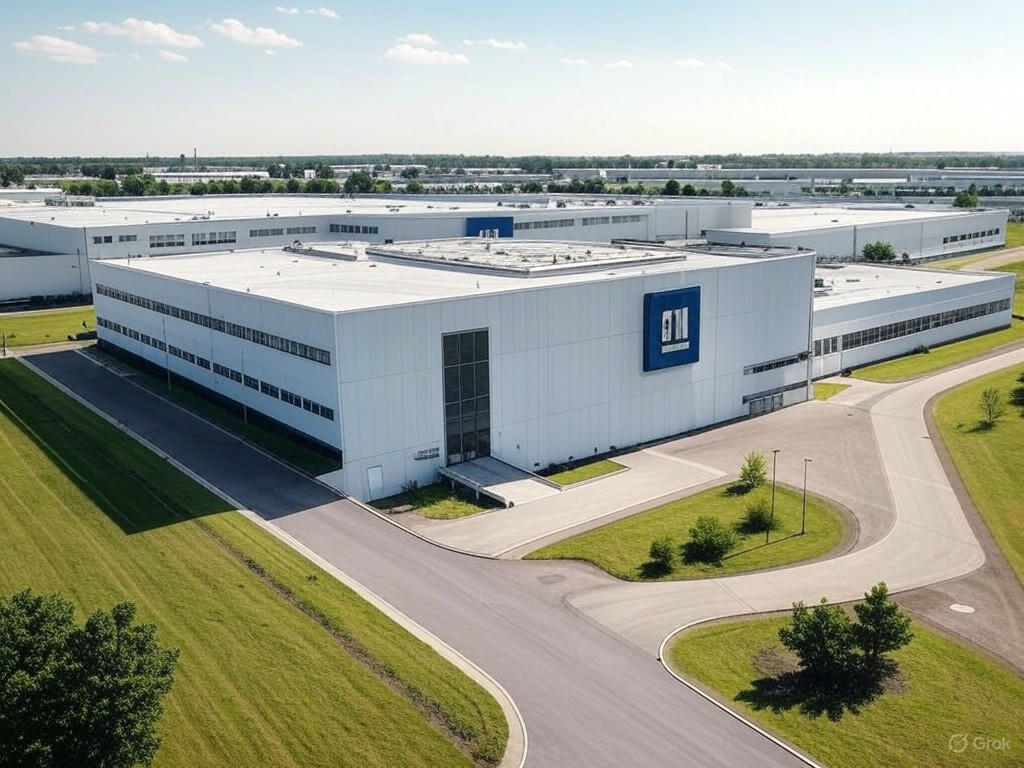GM’s Bold $4 Billion Shift: Bringing Production Back to American Soil
General Motors (GM) is making waves in the automotive industry with a massive $4 billion investment to relocate significant portions of its production from Mexico to the United States. This strategic move, centered on boosting domestic manufacturing, is set to reshape the company’s operational footprint while addressing both economic and political pressures. At the heart of this decision is a Michigan plant, one of three key U.S. facilities slated to benefit from the transition, as GM aims to meet surging consumer demand for high-profit SUVs and navigate potential trade challenges.
The decision comes at a critical juncture for the Detroit-based automaker. With the American market showing an insatiable appetite for larger vehicles, GM sees an opportunity to capitalize on this trend by ramping up production closer to home. SUVs, known for their higher margins compared to sedans, have become a cornerstone of the company’s profitability strategy. By shifting manufacturing to U.S. soil, GM not only streamlines logistics but also positions itself to respond more swiftly to market shifts. The Michigan facility, in particular, is expected to play a pivotal role, creating hundreds of new jobs and revitalizing local economies that have long relied on the auto sector.
Beyond market dynamics, GM’s relocation plan is also a calculated response to the looming threat of tariffs and trade policies. With the specter of increased import duties under the Trump administration’s America-first agenda, the company is taking proactive steps to minimize exposure to potential financial penalties. Producing more vehicles domestically reduces reliance on cross-border supply chains, shielding GM from the volatility of international trade disputes. This move could serve as a blueprint for other automakers facing similar pressures, signaling a broader trend of reshoring in the industry. Analysts suggest that such strategies may become a necessity rather than a choice, as geopolitical tensions continue to influence global manufacturing decisions.
As GM embarks on this ambitious transition, the ripple effects are likely to be felt across the sector. The $4 billion commitment underscores a renewed focus on American manufacturing, potentially inspiring confidence among policymakers and consumers alike. However, challenges remain, including the need to retrain workers and adapt facilities for new production lines. Despite these hurdles, GM’s leadership appears optimistic, viewing the investment as a long-term bet on the resilience of the U.S. auto market. For communities like those in Michigan, the influx of jobs and economic activity offers a glimmer of hope after years of uncertainty in the industry.
In an era where economic nationalism and consumer preferences are reshaping corporate strategies, GM’s decision to bring production back to the U.S. is a defining moment. It reflects a delicate balancing act between profitability, policy, and public perception. As the company rolls out this multi-billion-dollar plan, all eyes will be on whether this bold pivot sets a new standard for the future of American manufacturing.


